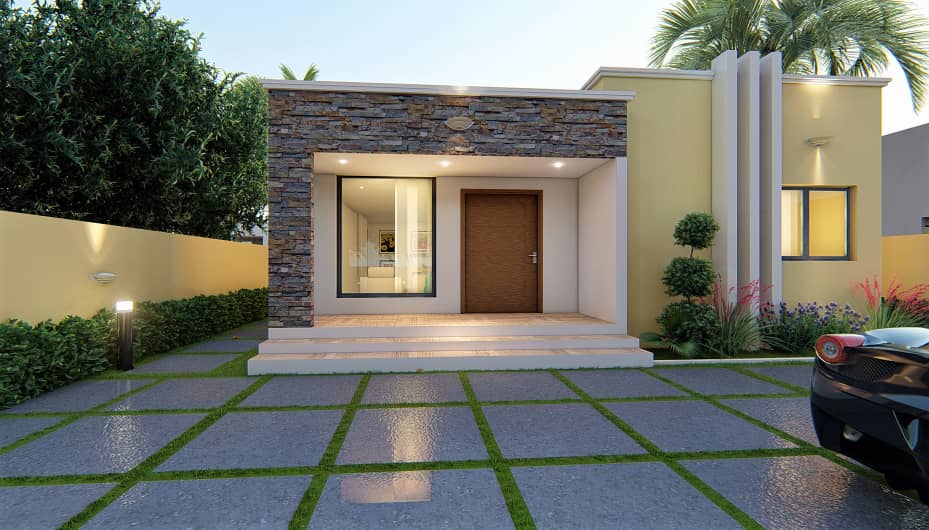Real estate development, or Property Development, is a multifaceted business, encompassing activities that range from the renovation and re-lease of existing buildings to the purchase of raw land and the sale of improved land or parcels to others. Developers are the coordinators of the activities, converting ideas on paper into real property
Real estate development is different from construction, although many developers also construct. Developer Louis Lesser drew the distinction in a 1963 New York Times article, “Developing is the key word. ‘We don’t build ourselves’, Mr. Lesser stresses. ‘We buy the land, finance the deal, and then we have the best builders build under bond at a fixed cost.'”
Developers buy land, finance real estate deals, build or have builders build projects, create, imagine, control and orchestrate the process of development from the beginning to end. Developers usually take the greatest risk in the creation or renovation of real estate—and receive the greatest rewards. Typically, developers purchase a tract of land, determine the marketing of the property, develop the building program and design, obtain the necessary public approval and financing, build the structure, and lease, manage, and ultimately sell it. Developers work with many different counterparts along each step of this process, including architects, city planners, engineers, surveyors, inspectors, contractors, leasing agents and more.
Building construction is the process of adding structure to real property. The vast majority of building construction projects are small renovations, such as addition of a room, or renovation of a bathroom. Often, the owner of the property acts as laborer, paymaster, and design team for the entire project. However, all building construction projects include some elements in common – design, financial, estimating and legal considerations. Many projects of varying sizes reach undesirable end results, such as structural collapse, cost overruns, and/or litigation reason, those with experience in the field make detailed plans and maintain careful oversight during the project to ensure a positive outcome.
Commercial building construction is procured privately or publicly utilizing various delivery methodologies, including cost estimating, hard bid, negotiated price, traditional, management contracting, construction management-at-risk, design & build and design-build bridging.
Residential construction practices, technologies, and resources must conform to local building authority regulations and codes of practice. Materials readily available in the area generally dictate the construction materials used (e.g. brick versus stone, versus timber). Cost of construction on a per square meter (or per square foot) basis for houses can vary dramatically based on site conditions, local regulations, economies of scale (custom designed homes are always more expensive to build) and the availability of skilled tradespeople. As residential (as well as all other types of construction) can generate a lot of waste, careful planning again is needed here.
The most popular method of residential construction in the United States is wood framed construction. As efficiency codes have come into effect in recent years, new construction technologies and methods have emerged. University Construction Management departments are on the cutting edge of the newest methods of construction intended to improve efficiency, performance and reduce construction waste.

